HCI:
Modeling
Mick McQuaid
2025-02-13
Week FIVE
Today
- Q and A from last time
- Discussion leading (Maggie)
- Design Critique (Belle)
- Article Presentation (Pin Yin)
- Break
- Modeling
- Readings
Design for a better world, IV Humanity-Centered
\(\langle\) pause for short discussion \(\rangle\)
Human-Centered Design Principles
- Solve the core, root issues, not just the problem as presented (which is often the symptom, not the cause).
- Focus on the people.
- Take a systems point of view, realizing that most complications result from the interdependencies of the multiple parts.
- Continually test and refine the proposed designs to ensure they truly meet the concerns of the people for whom they are intended.
Humanity-Centered Design Principles, 1 of 2
- Solve the core, root issues, not just the problem as presented (which is often the symptom, not the cause).
- Focus on the entire ecosystem of people, all living things, and the physical environment.
- Take a long-term, systems point of view, realizing that most complications result from the interdependencies of the multiple parts and that many of the most damaging impacts on society and the ecosystem reveal themselves only years or even decades later.
Humanity-Centered Design Principles, 2 of 2
- Continually test and refine the proposed designs to ensure they truly meet the concerns of the people and ecosystem for whom they are intended.
- Design with the community and as much as possible support designs by the community. Professional designers should serve as enablers, facilitators, and resources, aiding community members to meet their concerns.
Community-Driven Design
- Designing with the community
- Designing for the community
- Planners vs Searchers
- Democratizing design (makers / diy)
- Muddling through (incrementalism)
Discussion leading (Maggie)
Modeling
What is a model?
- an abstraction of reality
- an oversimplified view of reality
- omits irrelevant details
- the catch: hard to know what’s irrelevant beforehand
(see Jacek’s slides for more detail)
Some famous models
- UML (about nine main diagram types, each giving a different perspective on software development)
- WordNet (models the English language as a network with several kinds of relationships, including component relationships and inheritance relationships)
Kinds of models of concern in HCI
- Flow models
- Task models
- User models
- Other, less prominent kinds
Flow Models
Austin Film Festival Flow
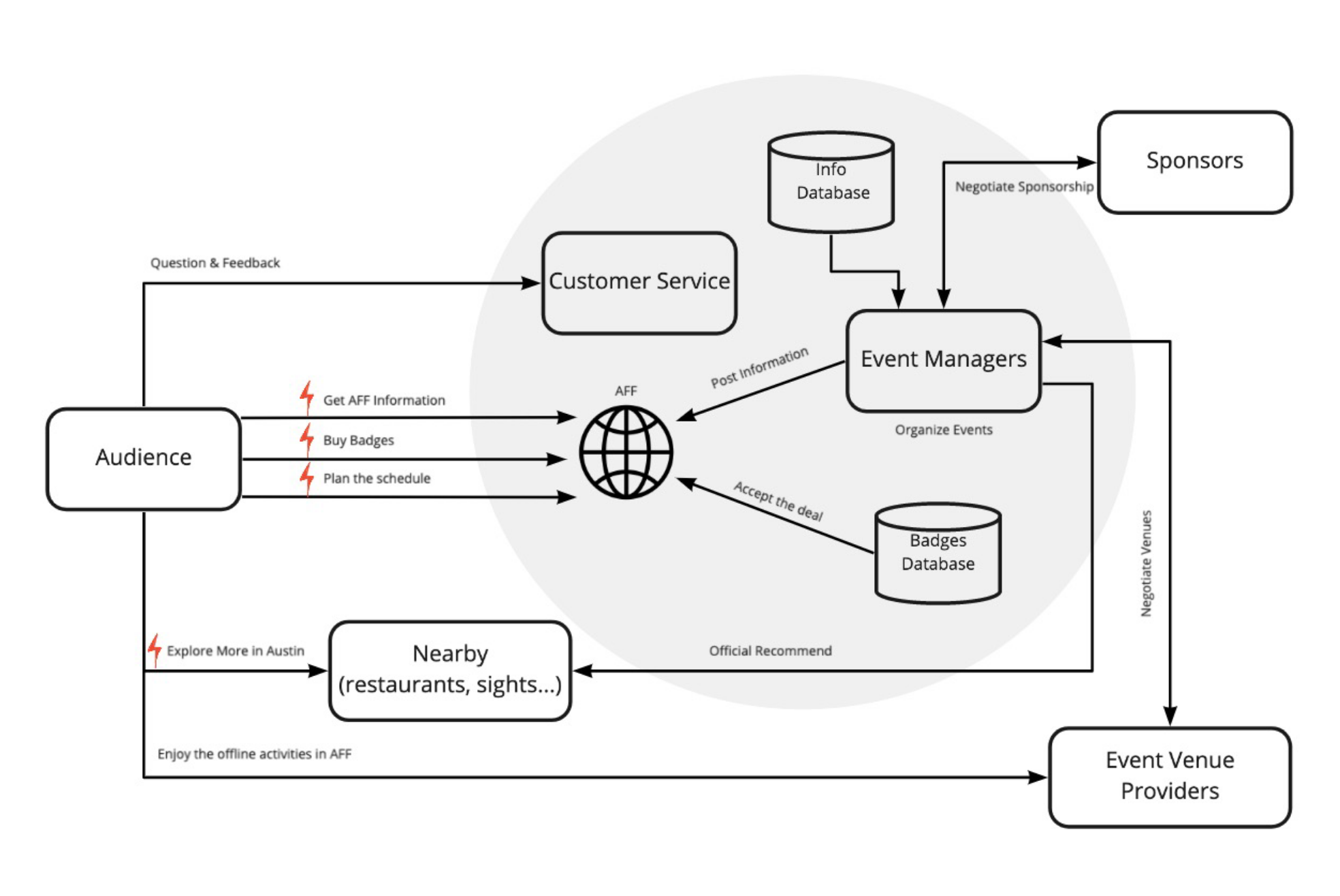
Discover Texas Flow
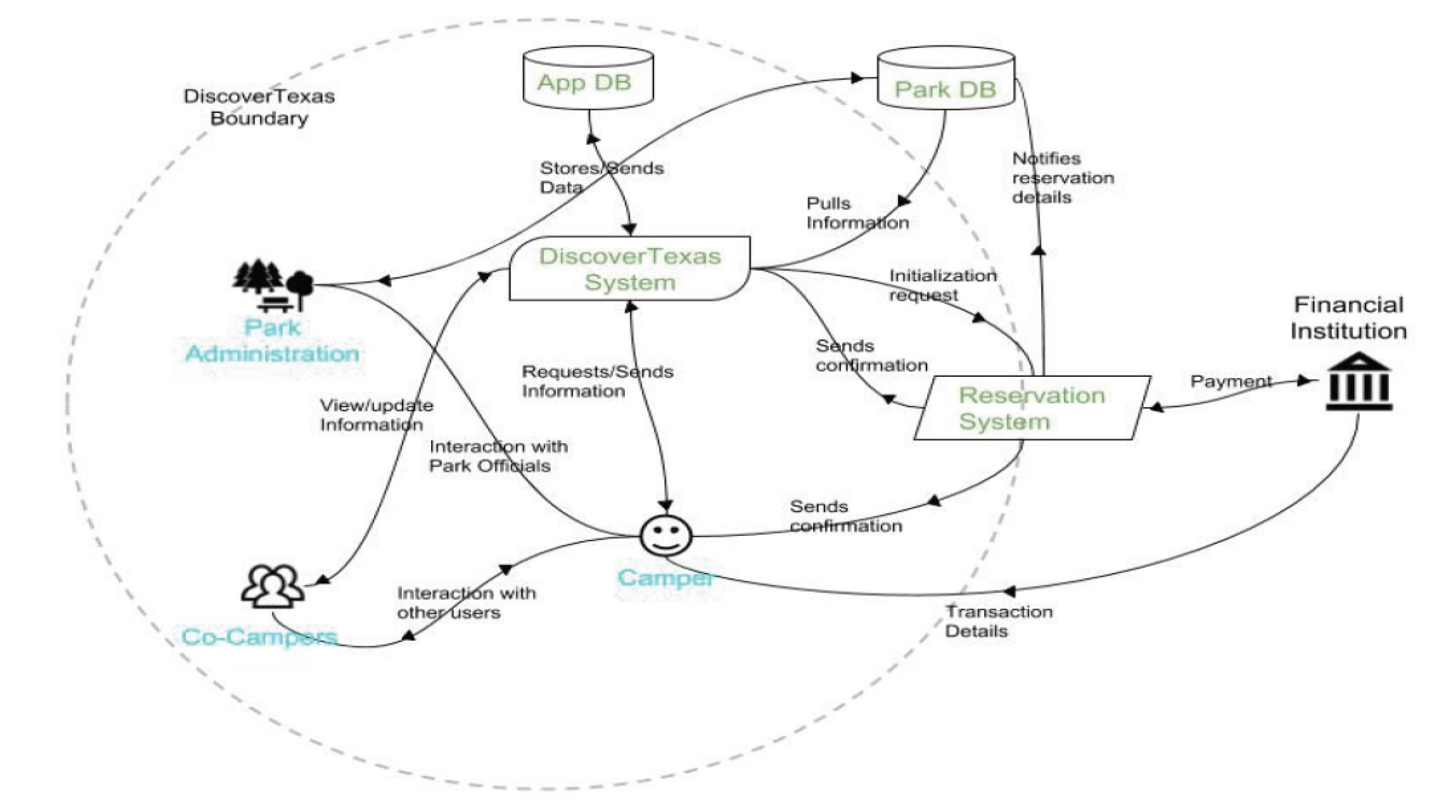
Flow model used as critique
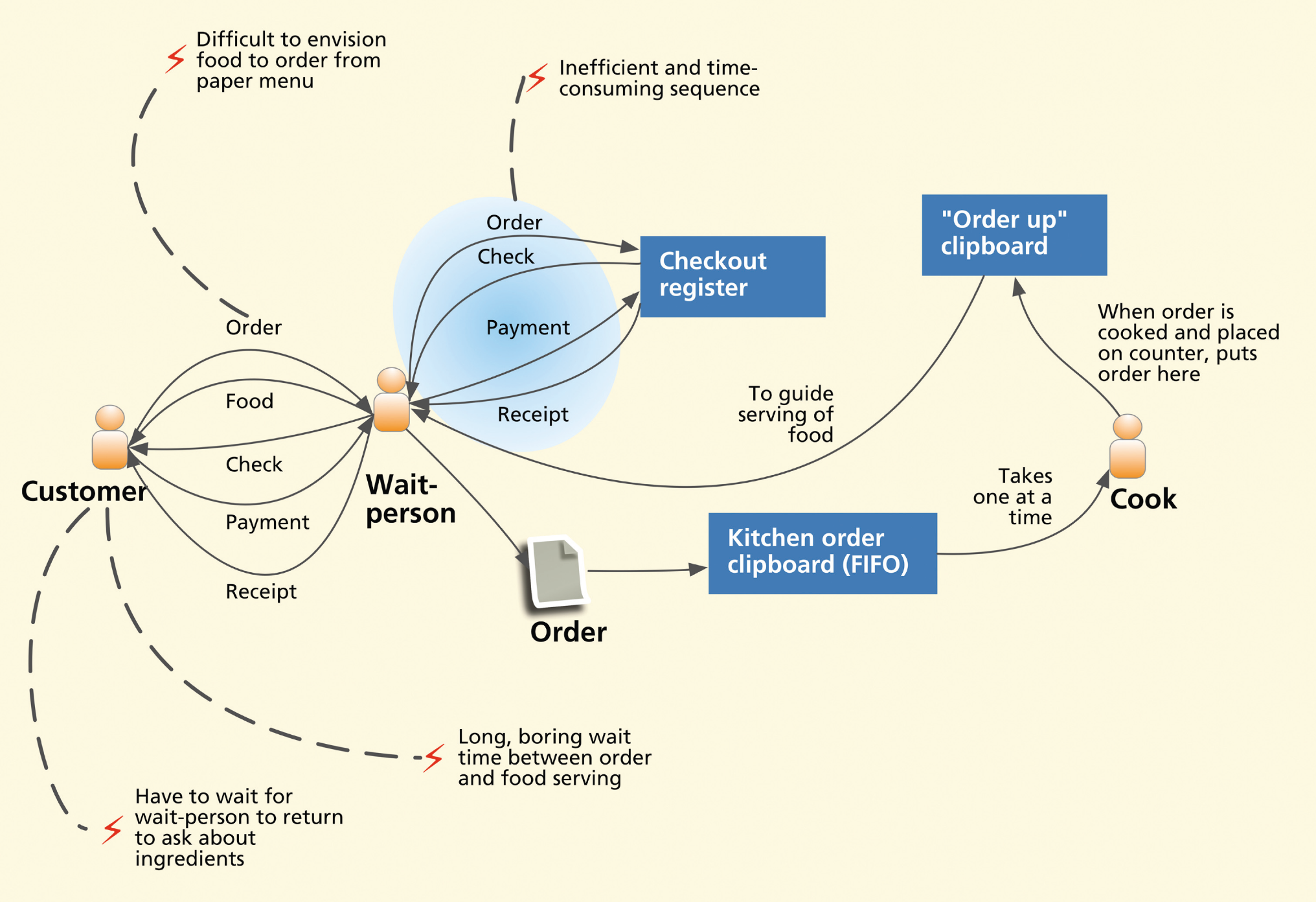
MUTTS flow model

MUTTS flow model expanded
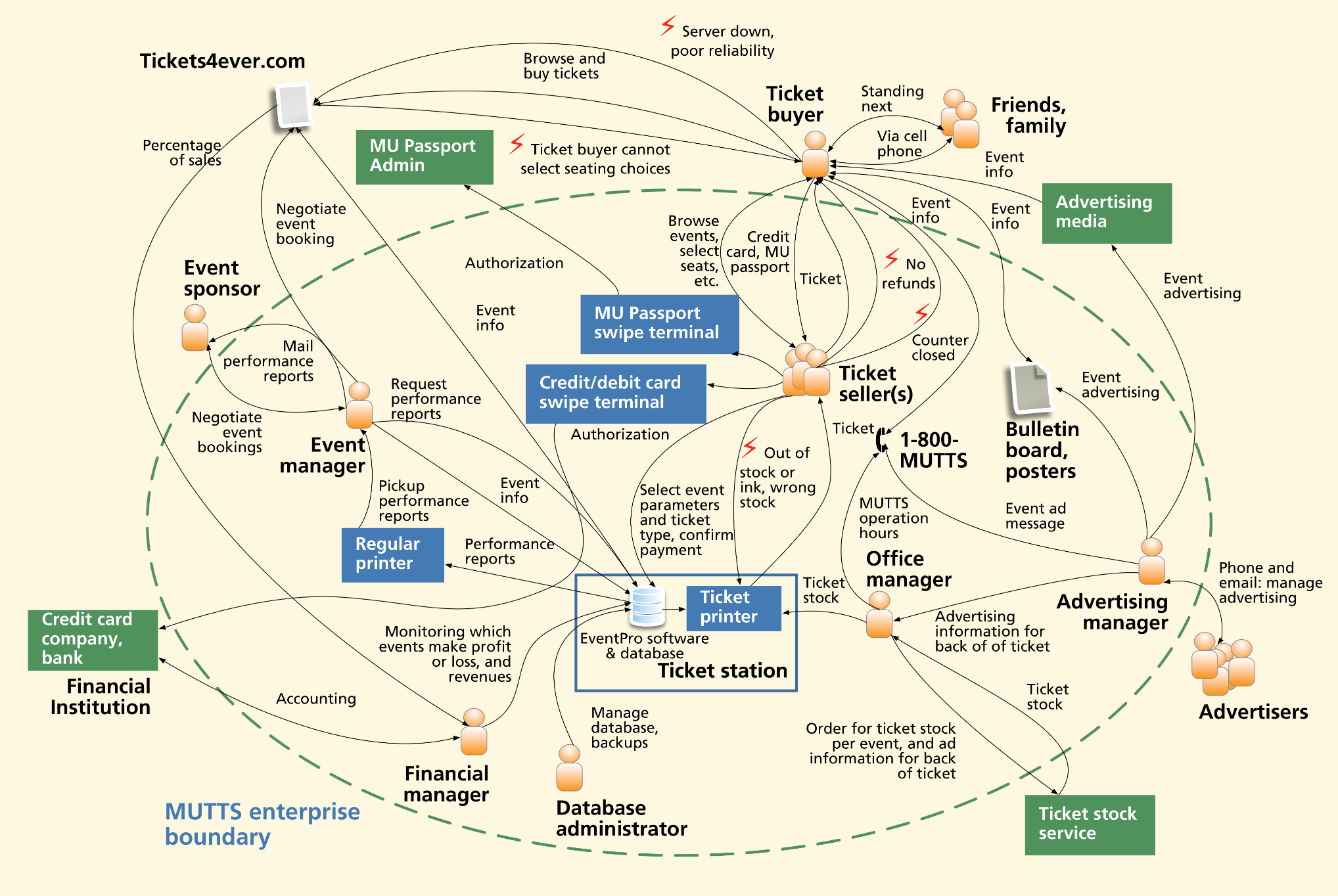
MUTTS flow model final
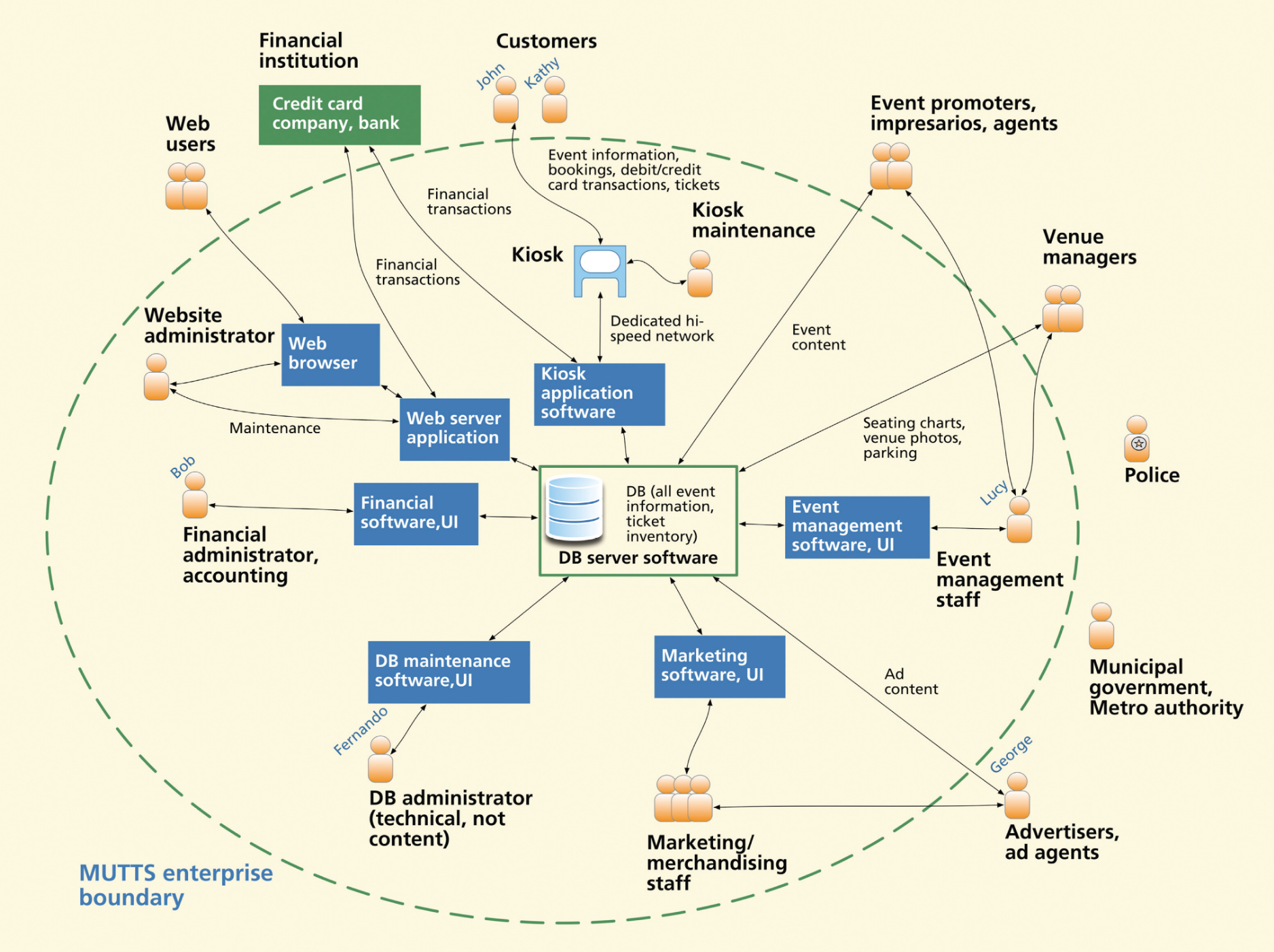
Physical models
MUTTS physical model
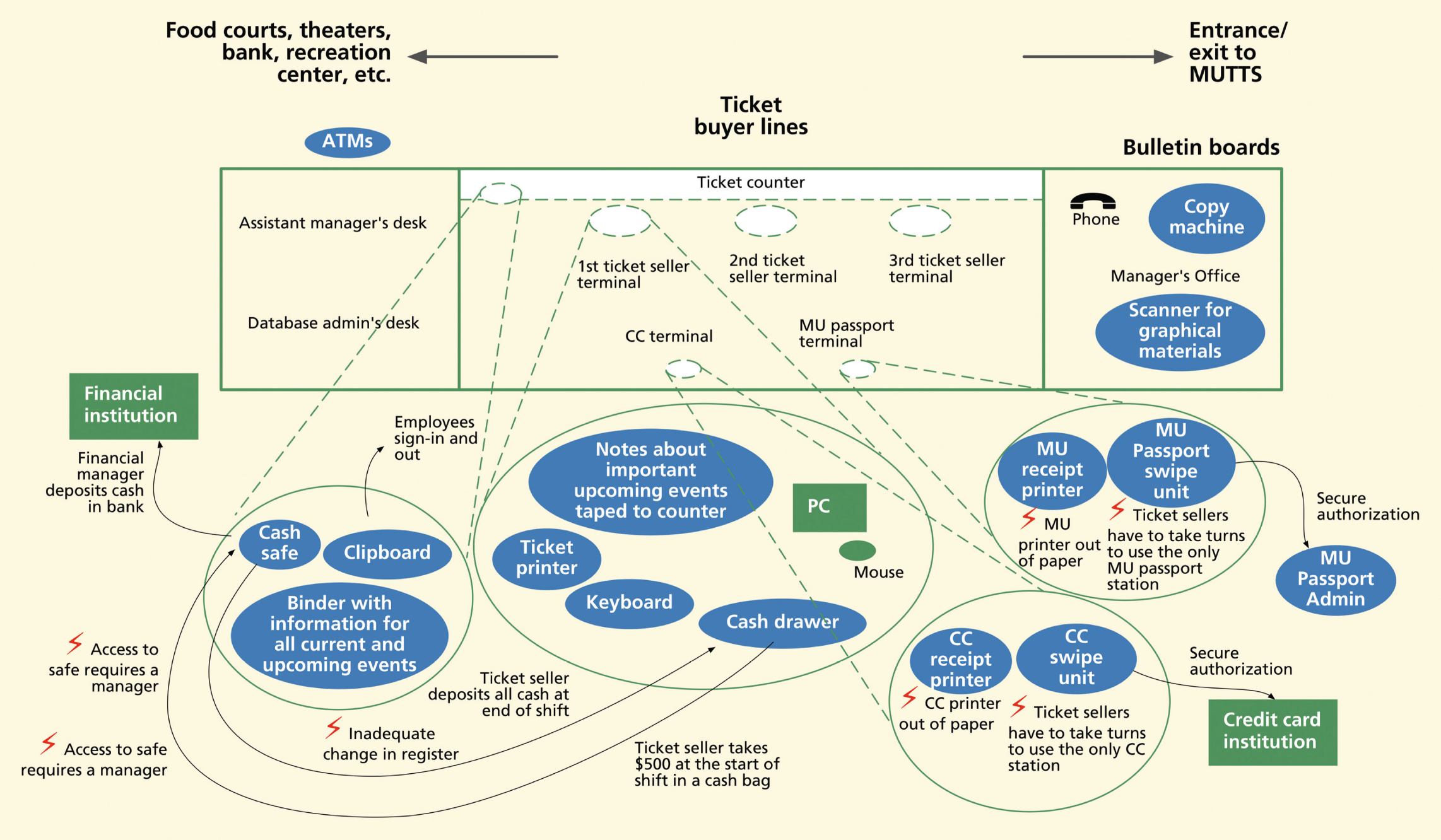
Problems with flow models
- Informal (except UML data flow diagrams)
- Not everyone agrees about meaning—two people could look at the same flow model and take away two different pictures
- Consequently I prefer leveled data flow diagrams for easily understood detail (but dfds can take too much time!)
Task models
User models
Persona Example
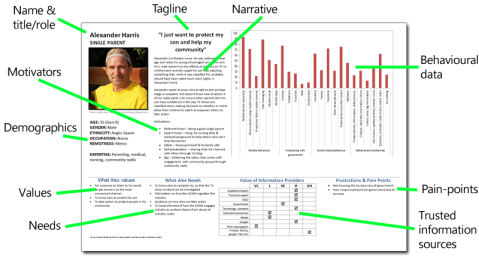
Personas injected into scenarios
Path from contextual inquiry through personas to scenarios
Once you create a persona, you can inject that persona into a scenario. You should have an idea of how that persona will behave in that scenario because of your contextual inquiry.
Storyboarding is often used to represent scenarios
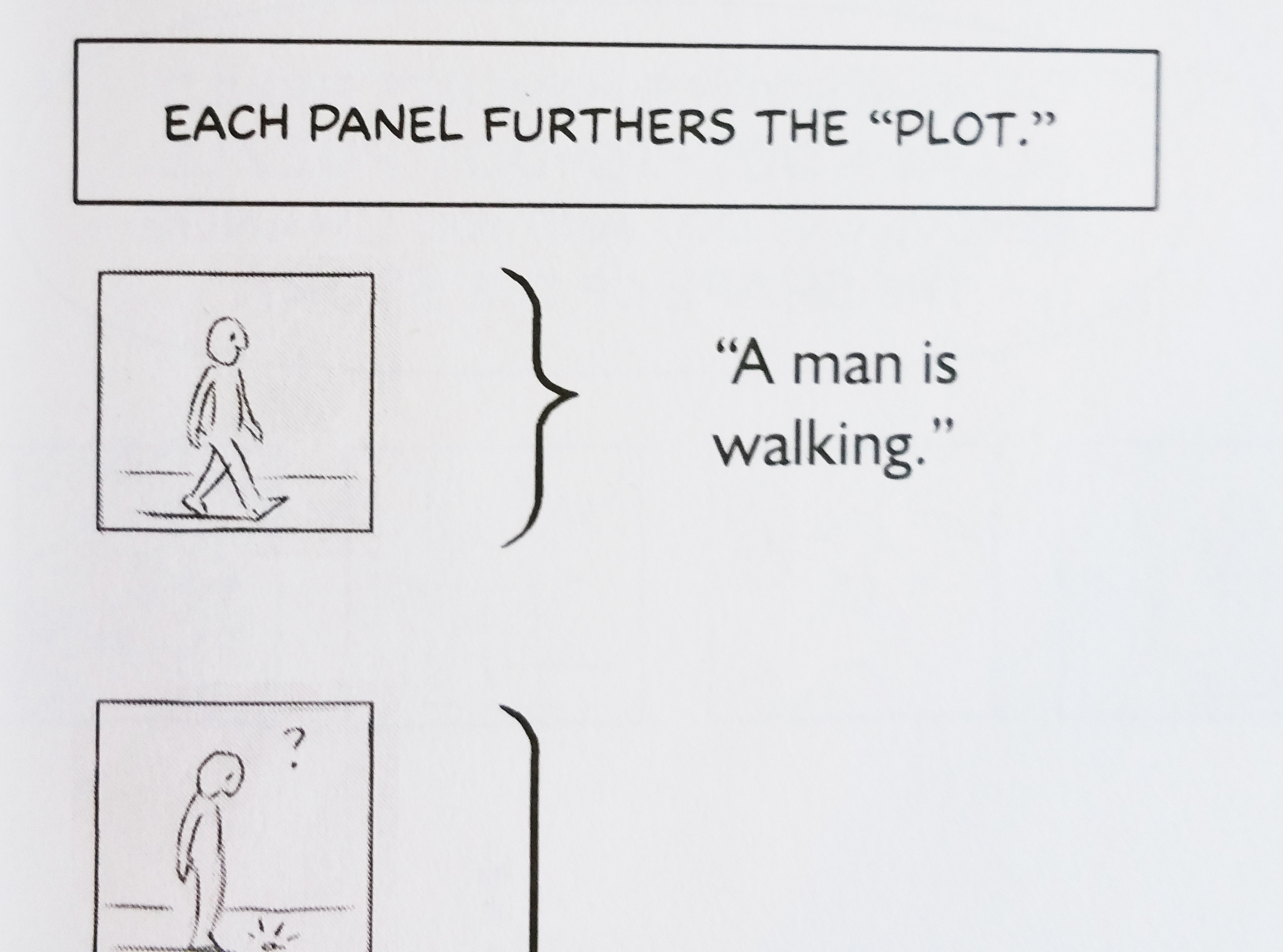
Readings
Readings last week include Hartson and Pyla (2019): Ch 7, 8
Readings this week include Hartson and Pyla (2019): Ch 9, 10
Assignments
none
References
Cooper, Alan, Robert Reimann, David Cronin, and Christopher Noessel. 2014. About Face 4.0: The Essentials of Interaction Design. Indianapolis, IN: Wiley.
Hartson, Rex, and Pardha Pyla. 2019. The UX Book, 2nd Edition. Cambridge, MA: Morgan Kaufman.
McCloud, Scott. 2006. Making Comics: Storytelling Secrets of Comics, Manga and Graphic Novels. Harper Paperbacks.
END
Colophon
This slideshow was produced using quarto
Fonts are League Gothic and Lato
